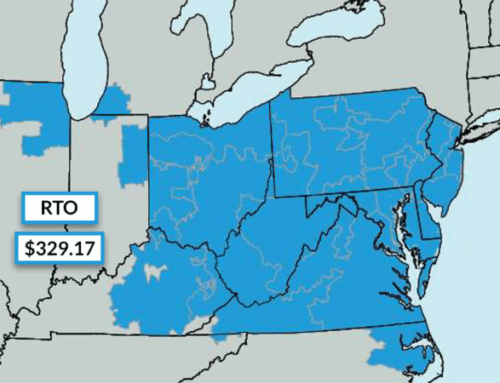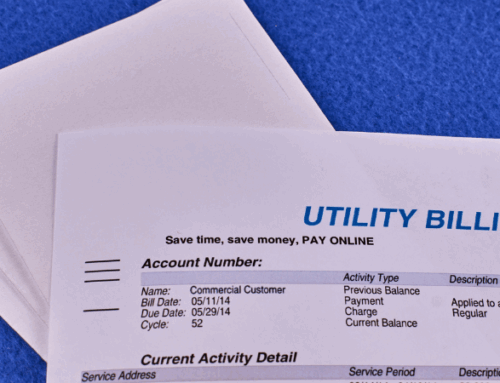The year 2025 is proving to be a defining period for global energy markets, marked by historic levels of supply volatility and accelerating demand growth. Commercial energy buyers and brokers are navigating a landscape where supply disruptions, surging electricity consumption from AI data centers, and the rapid shift toward clean energy are transforming how businesses procure and manage their energy costs. The global energy market is undergoing significant changes that will shape energy pricing for years to come. In this article, we explore the key forces reshaping the future of energy markets and how these trends will shape your energy strategy for the years to come.
Geopolitical Conflicts Are Disrupting Supply Chains
Geopolitical tensions remain one of the most significant disruptors of global energy flows. The ongoing Russia-Ukraine war continues to reshape natural gas markets across Europe, forcing many nations to abandon long-standing energy supply relationships. In the Middle East, persistent instability has injected new volatility into global oil supplies, driving market uncertainty during periods of conflict. Meanwhile, trade tensions between the U.S. and China are limiting access to critical battery materials and solar equipment, creating friction in global clean energy supply chains. In recent months, OPEC+ production cuts have tightened oil supplies, while European demand for liquefied natural gas (LNG) has caused bottlenecks at U.S. LNG terminals. Export restrictions on key energy transition materials, such as rare earth elements, have further complicated procurement strategies. For businesses, these geopolitical risks translate into unpredictable price swings, underscoring the need for diversified and flexible energy procurement strategies.
Emerging Markets Are Fueling Energy Demand Growth
The rise of industrialization in Africa, Southeast Asia, and Latin America is becoming a primary driver of global energy demand. These fast-developing economies are experiencing rapid urbanization, coupled with large-scale infrastructure investments aimed at expanding electrification and industrial output. According to the International Energy Agency (IEA), global electricity demand is expected to climb by four percent in 2025, with a significant portion of this growth attributed to emerging markets. This rising demand is straining global energy supplies and intensifying competition for natural gas, oil, and renewable resources. For commercial energy buyers, it is essential to monitor these global consumption patterns, especially when sourcing energy-intensive materials or managing exposure to commodities linked to these markets.
Renewable Energy And Storage Systems Gaining Ground
Renewable energy continues its remarkable ascent, with 2025 on track to break records for new solar, wind, and battery storage installations. Solar energy is poised to account for nearly half of the thirty-five percent of global electricity generation projected to come from renewables this year, although recent legislation under the Trump administration could put a halt to solar’s future growth. In tandem, grid-scale battery storage is emerging as a crucial tool to balance the variability of solar and wind output. These developments are reshaping the structure of wholesale energy markets, introducing greater price volatility during periods of high renewable generation and creating opportunities to capture savings during off-peak periods. For commercial buyers, tracking the penetration of renewables in local and regional markets has become vital, as these shifts directly influence pricing, capacity charges, and supply contract structures.
AI, Electrification, And The New Demand Curve
Beyond traditional demand drivers, emerging technologies are transforming the shape of electricity consumption patterns. AI-driven data centers are creating massive new baseloads in North America, Europe, and parts of Asia, with global consumption from data centers expected to exceed five hundred terawatt-hours in the near future. Additionally, the rapid adoption of electric vehicles, projected to reach twenty million units globally this year, is adding pressure on electricity grids. This evolution is contributing to sharper demand peaks and increased volatility in energy pricing. For businesses, these shifts introduce more complex procurement challenges, making it crucial to adopt flexible strategies that account for sudden demand surges driven by digital infrastructure and transportation electrification.
Fossil Fuels Still Crucial For Energy Security
Despite the surge in clean energy investments, fossil fuels remain indispensable to global energy security. Natural gas and coal continue to serve as critical resources for grid reliability, especially in regions with intermittent renewable output or limited storage capacity. The U.S. is rapidly increasing its LNG export capabilities, offering supply flexibility for Europe and Asia but also contributing to global price swings. Meanwhile, global oil markets are grappling with the dual forces of steady demand and fluctuating supply conditions influenced by OPEC+ decisions. For energy managers, fossil fuels remain an important hedge against renewable volatility, offering stability in regions where grid infrastructure is still evolving.
Climate Policy And Regulation Shaping Market Outlook
Climate policy is playing an increasingly influential role in global energy markets. International climate commitments following COP30 are accelerating the transition to cleaner energy, with Nationally Determined Contributions driving new infrastructure developments. Mechanisms like the Carbon Border Adjustment Mechanism in the European Union are impacting global trade and altering the cost structure of energy-intensive goods. Countries are also expanding subsidies for renewable energy projects and tightening carbon pricing schemes, further affecting market dynamics. These policy shifts introduce both risks and opportunities for commercial energy buyers, making it more important than ever to monitor regulatory trends when forecasting energy costs and evaluating contract options.
Planning Ahead In A Globalized Energy Market
The global energy market in 2025 is defined by interwoven challenges and rapid change, from shifting geopolitical alliances and explosive demand growth to record-breaking renewable installations and emerging energy-intensive technologies. For commercial energy buyers, navigating these complexities requires more than just reactive strategies.Iit demands proactive market engagement and a keen understanding of evolving global trends. Businesses that integrate global supply dynamics into their energy procurement decisions will be better equipped to manage risk and identify cost-saving opportunities. At Diversegy, we help companies stay ahead of market shifts with customized strategies grounded in data, market intelligence, and flexible procurement planning. Contact us today to gain deeper insights and develop an energy strategy aligned with your business goals.



